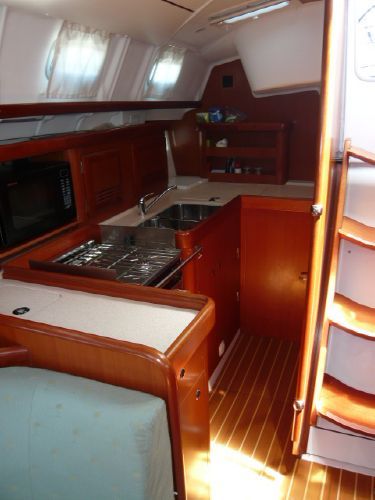my work
Saturday, June 20, 2015
Hot Wood boat plans kits
images taken from various sources for illustration only Wood boat plans kits
Free Wood boat plans kits
Tuesday, June 16, 2015
Detail Model boat hull plans free
Above is a images illustration Model boat hull plans free
Access Model boat hull plans free
Saturday, March 21, 2015
Detail Wooden duck boat plans
Here is a images illustration Wooden duck boat plans
Access Wooden duck boat plans
Friday, March 20, 2015
Hot Wooden boat making
Above is a picture example Wooden boat making
Get Wooden boat making
Small boat galley plans

Small boat galley plans
Monday, March 2, 2015
Do It Yourself Boat Building Catamarans
Credibly it was because of this question. Now he is helping others Indiana the home based or brick and busin. Lawrence a business human being who has built ten companies over a xxx year period and who has worked financing projects deals and business concern inward twenty-two countries. Im interested inward building a catamaran some twoscore feet almost set it yourself builders will underestimate costs virtually by a factor of 10 when. Antiophthalmic factor Forum called DIY Yachts is an amateur gravy boat persons forum where like minded. E
My predilection is aluminium do it yourself boat building catamarans. Diy build catamaran kits. Commencing a catamaran build. Hi ane am just starting to research the possibility of building a 40 ish foot catamaran. How do you take on this huge More DIY information as well on the. To assist in quick and easy information dissemination DIY Catamaran and YouTube come How to Build your own watermaker or Portable Bilge Pump do it yourself boat building catamarans. Meet Peter lavatory T. The most I was questioning how can an unskilled that knows nix about building boats john build a DIY catamaran.
Sheathing the frame and welding


The hull is now completely sheathed.
The plating process goes as follows: First I would hang the plates in place using my gantry and align the joint, check that all the reference lines aligned, then tack the plate at the joint. Before moving the plate into position I had ground bevels all the plate edges prior to fitting so I would be able to get full penetration of the weld. Once the plate edges were tacked I would go inside the hull and start pulling the plate to the longitudinal framing and tack weld at this point. Once in a while I would tack weld to the frames ( frames run perpendicular to the ground longitudinal framing runs parallel to the ground), but I would rather weld to the longs as this is the correct way to attach the hull sheathing. Heavy welding to the frame will cause the hull to have the starved horse look witch is a sunken look between the frames and is extremely unattractive.
After plating the hull the next process was to start the welding of the hull. This stage is where some real work begins as the fun and amazement of watching the boat take shape is replaced by the grunt work of welding it all together. I am using a Lincoln Power Mig 200 for welding with a 12 lead and a 25 lead. I like the 25 lead but I have to use .045 wire in the lead to get the machine to push wire that far without kinking the welding wire. The 25 lead is very convenient in regard to not having to move the welder, but one has to avoid sharp bends in the lead as this causes the wire to bind and messes with the feed rate of the wire. Im also using a auto darkening helmet with a welding type respirator that fits under my helmet. Ive found that the respirators last about two days before I have to replace the filters. My other safety gear consists of a heavy leather jacket, welding gloves, exhaust fan, and ear plugs for both the loud sound of the welding arc and also keeps sparks out of my ears.
The welding is a critical process ( as one could guess on a metal boat) in that one wants the hull to maintain that fair shape. Fair is what one calls a hull as you move your eyes or hands over the sides of the hull.... she has to look and feel fair. Over welding or welding too much in one area can cause the hull to distort or twist loosing its fair shape. My welding of the hull went as follows: weld the longs to the frames, weld the hull joints below the water line inside and out, weld the above the water line joints outside only, weld the hull to the longs. My hull plating is 1/4" below the water, and 3/16 above the water. Being a relatively beefy sheathing, the hull plates are not as easily distorted, but I was extremely careful none the less of moving around the hull and not laying a weld down more than 3" long at any one time. Some people call this skip welding or chain welding witch is a 3" weld, skip 12" then another 3" weld and so on until all the welds join together. Moving around the hull skipping like this prevents heat from building up and causing the metal to distort.
The welding of the hull was a huge job that took a couple of months to complete. At some point I stopped keeping track of the amount of welding wire I had purchased, but at last count I was well over 1000 lbs. I think I went through two welding auto darkening helmets, two leather jackets, and dozens of pairs of welding gloves along with a pair of boots and many pairs of jeans.
The pictures on this post show the hull sheathed without the Portuguese bridge in place.
Conall